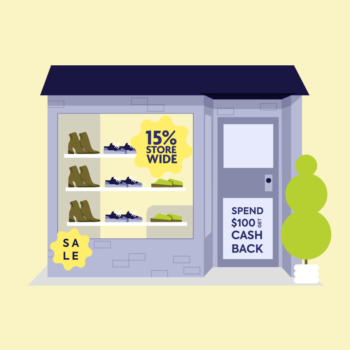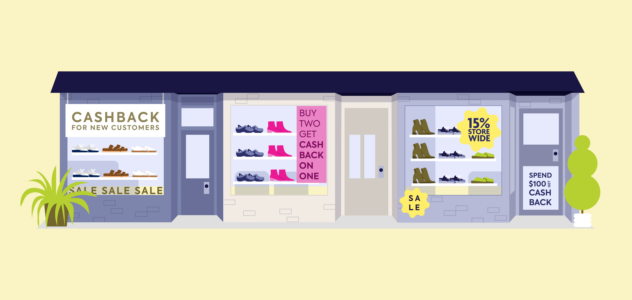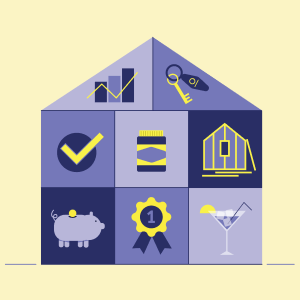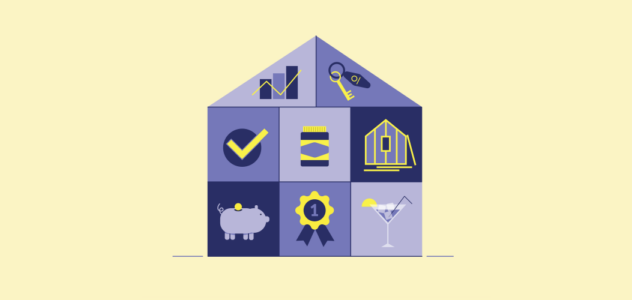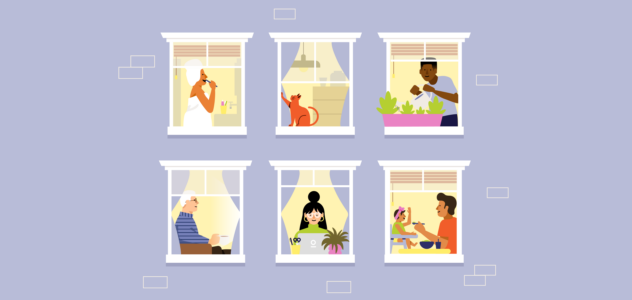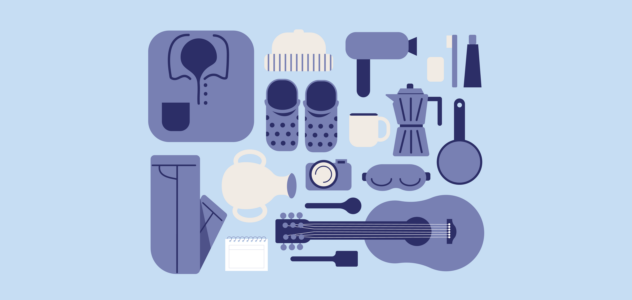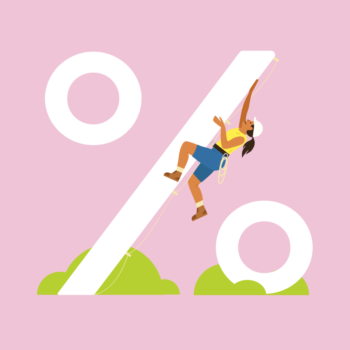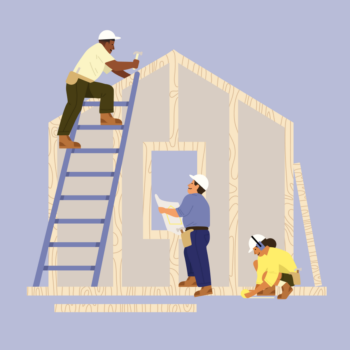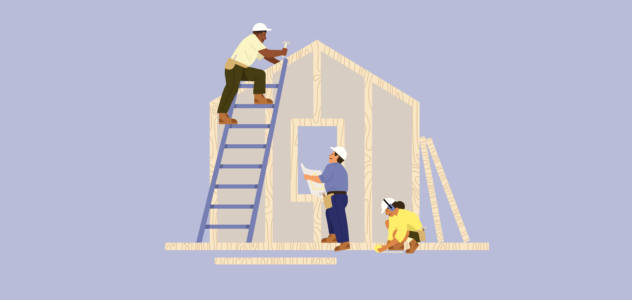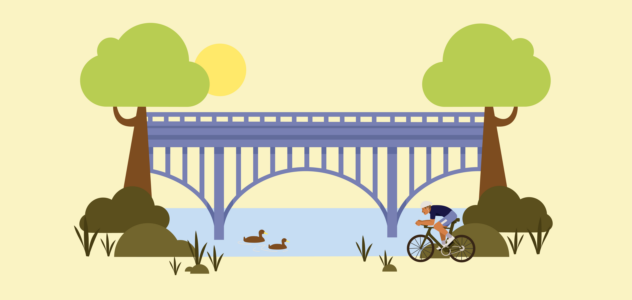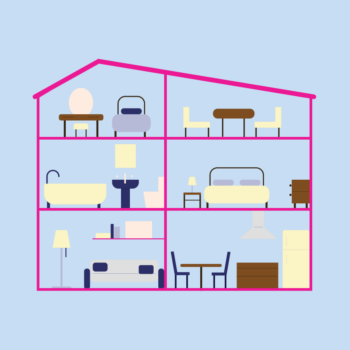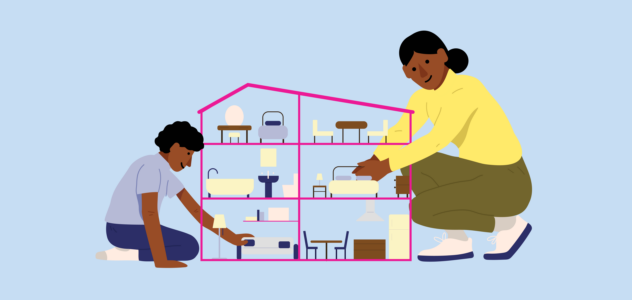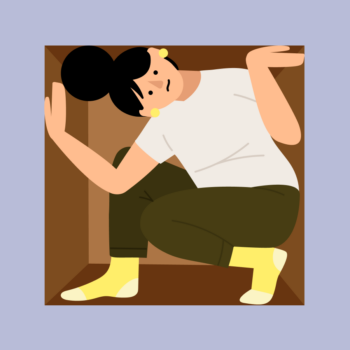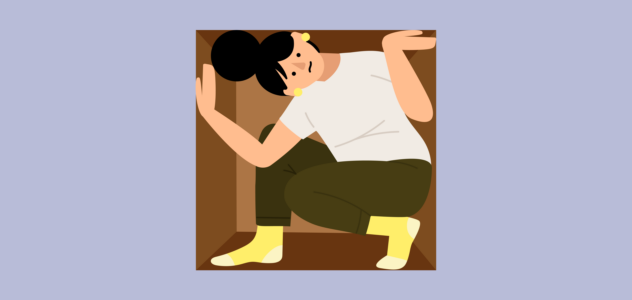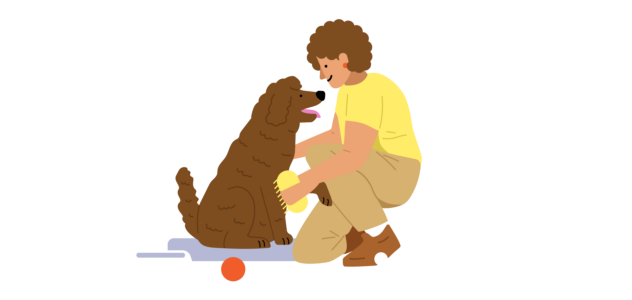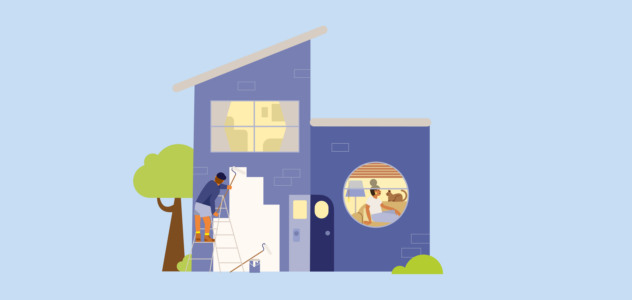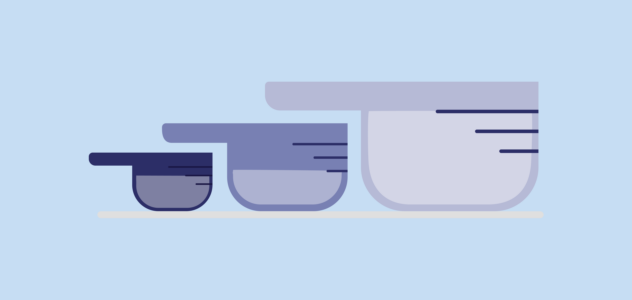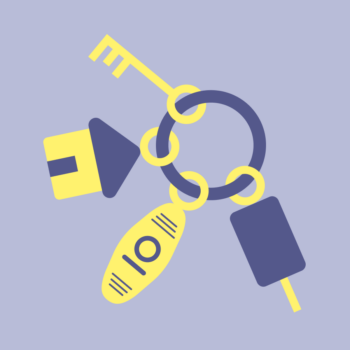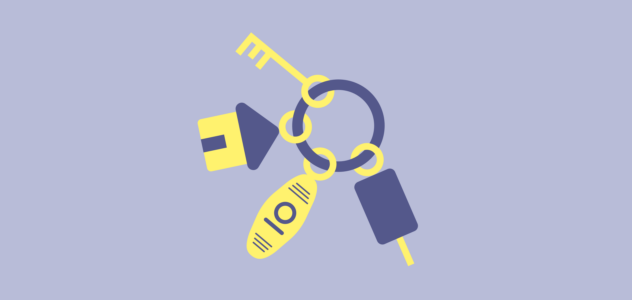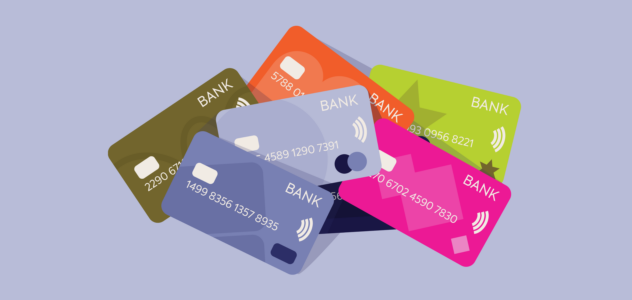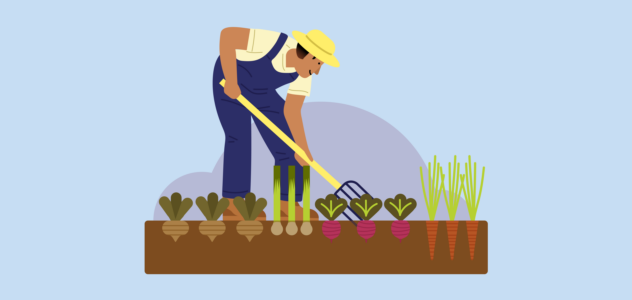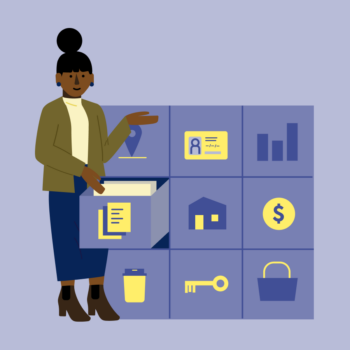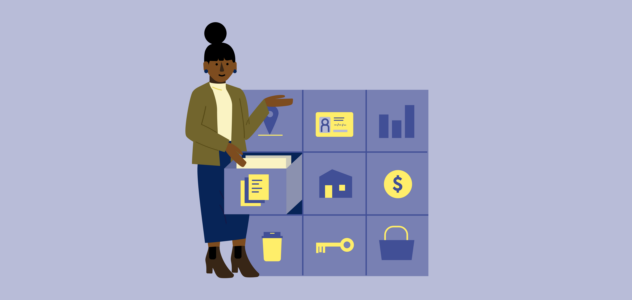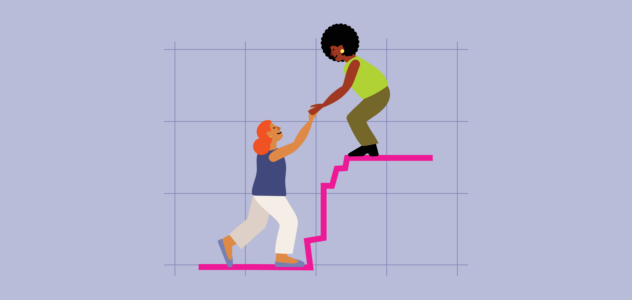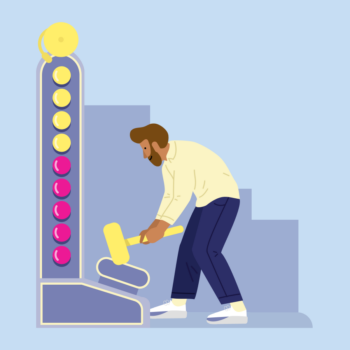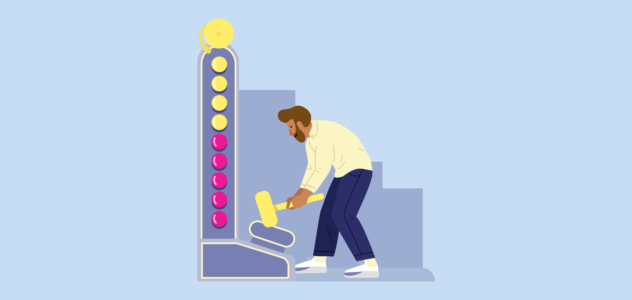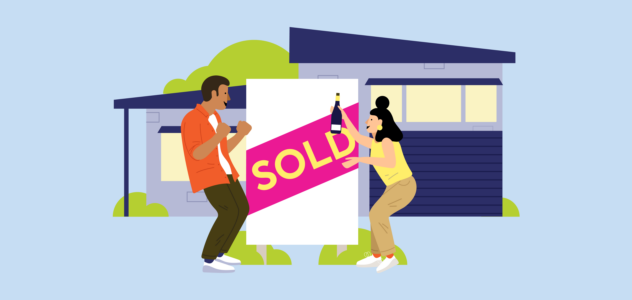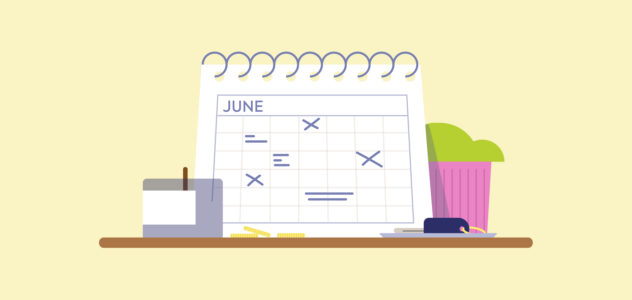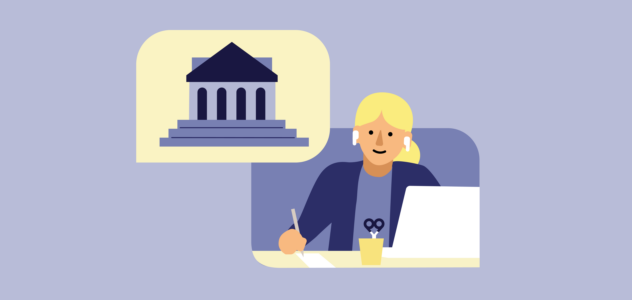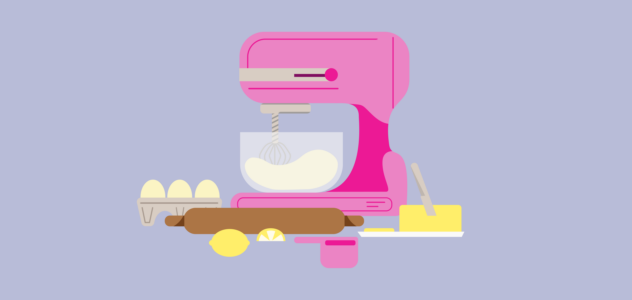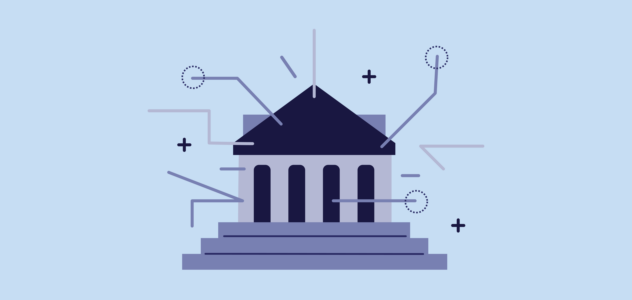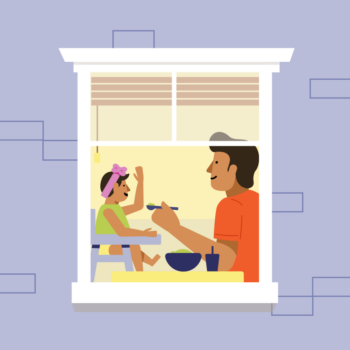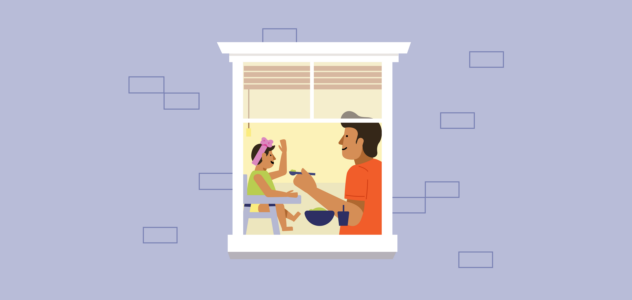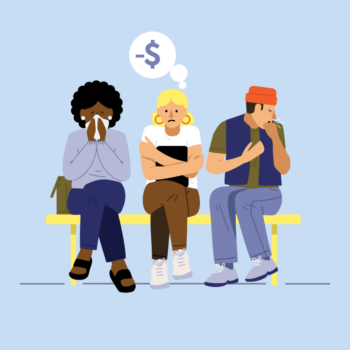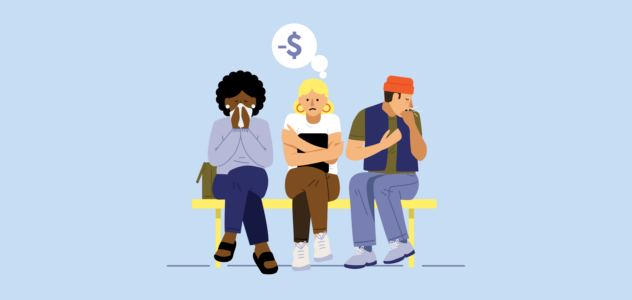As the saying goes… what goes up, must come down.
But if you’re one of the many Aussie homeowners feeling a little uneasy over the RBA’s 13th rate rise since May 2022, you’re probably wondering when the second half of that saying will kick into gear.
When will interest rates finally go down?
So, let’s take a closer look at what’s driving interest rates, what the experts say, and when we can expect interest rates to drop. Read on.
When will interest rates go down in 2024?
Interest rates are largely a response to what’s going on in the economy, so they may continue to rise for as long as needed to help slow down inflation, which in itself is hard to predict.
So the short answer is, nobody really knows when interest rates will drop (but experts can make informed predictions).
A recent survey from the Australian Financial Review asked 40 economists to weigh in on when interest rates would be cut by the RBA. The survey came back with a median forecast of September 2024 (this has extended from previous expectations of February 2024, May 2024 and August 2024).
So, the good news is interest rates are currently *forecasted* to go down in 2024 (even if we have to wait until later in the year for it to happen).
Why do interest rates change, anyway?
Ok, let’s go back to the beginning and define interest rates and inflation.
- Interest rates are the price you pay to borrow money from a lender. And it’s ultimately how lenders make most of their money.
- Inflation, simply, is the increasing price of things over time.
While it would be nice to stay on the same interest rate for the life of your loan (ah, the predictability) unfortunately it doesn’t work like that. Australia’s currency and economy can change a lot throughout the life of your home loan — so interest rates need to move with the times.
Enter, one of the (many) roles of the Reserve Bank of Australia (RBA). You’ve probably heard newsreaders banging on about the RBA – Australia’s central bank and the primary decision-maker when it comes to Australia’s monetary policy. And they play a pretty big role in important stuff like the stability of our currency, employment rates and economic prosperity.
So, why are we telling you this? Because the RBA sets a thing called the overnight cash rate, which is the benchmark interest rate used for loans between the banks. A change in the RBA cash rate often trickles down to mortgage holders. Historically speaking, banks and lenders tend to change their interest rates after an RBA cash rate change (see which banks have increased their rates lately here).
Why have we seen so many interest rate rises?
As it stands, we’ve experienced 13 RBA cash rate rises since May 3rd 2022 (this was the first time we had a cash rate rise since November 2010). Why exactly?
Ok, you’re probably tired of hearing the c-word (ahem, COVID-19). But many of these rate rises have been put down to the aftermath of the pandemic.
At the onset of the COVID-19 pandemic, we saw the RBA lower the official cash rate. And as we’d expect, a lot of lenders followed suit. The reasoning for this was to keep the economy flowing – the less money Aussies were spending on their mortgages and other loans, the more disposable money they’d have to funnel into local businesses. And the plan worked pretty well (flashback to you ordering clothes and takeaway from your couch?)
But this money-spending-party has to come to an end at some point.
Our new spending habits, combined with many other factors like global supply chains, contributed to inflation rising quickly, which can ultimately devalue our currency (yikes).
So, in an attempt to keep the value of our currency, the RBA increased the cash rate. This lead to increased interest rates, and higher home loan repayments for many homeowners.
Are interest rates going to stop rising?
Economists currently predict interest rates will stop rising in 2024. But the big question is when?
Many experts believe there will likely be more rate hikes until inflation starts to ease off. So, unfortunately, things might get a *little* bit worse for homeowners before they get better.
Katrina Ell, Senior Economist at Moody’s said, “If inflation and the labour market stay too warm for comfort, that rate cut path will unquestionably be pushed out.” (Source: AFR)
But the silver lining – interest rates are currently forecasted to go down in 2024, even if we have to endure a few more rate rises before then.
How high will interest rates go in 2023?
Unfortunately, only time will tell, but experts are predicting a few more rate rises to come.
Diana Mousina, Deputy Chief Economist at AMP, has expressed that the cash rate is at risk of getting a little bit higher, even closer to 5% (source: Forbes). The main reason? Inflation is still staying higher than the RBA would like.
What needs to happen for interest rates to go down?
Well, a few things.
Many economists say:
- Inflation needs to slow
Inflation pressures are still well above the target. Alexis Gray, Senior Economist for Asia Pacific at Vanguard agrees that getting inflation down to the 2-3% target range is the key factor before the RBA will consider cutting rates.
- Wage growth needs to slow
Growing wages is another factor that can fuel inflation. Basically, if a company gives all of its employees a pay rise to keep up with the cost of living, then chances are they’ll raise their prices to preserve their profitability. And so the flow-on effects continue.
- Labour supply and demand needs to shift
There’s also a link between unemployment and inflation. It sounds backwards, but in periods of low unemployment (right now) employers typically need to pay higher wages to attract employees. This can fuel wage growth, which then fuels inflation.
Just how far will interest rates drop?
Once again, nobody truly knows. But perhaps we can look to the past to learn a few lessons.
Historically speaking, over the last 20 years when the RBA has cut the cash rate after a period of stability, they’ve cut the cash rate by an average of 1.88% within a 12-month period.
However, it’s worth noting this historical data did include some pretty major economic events like a GFC and a pandemic, so things may not eventuate exactly as they have in the past.
Here are the figures:
| 12 months starting | Total cuts to cash rate |
| July 1996 | 2.00% |
| Feb 2001 | 2.00% |
| August 2008 | 4.25% |
| September 2011 | 1.25% |
| February 2015 | 0.50% |
| April 2019 | 1.25% |
| Average: | 1.88% |
What will happen to my repayments when interest rates do go down?
Ah, the day many of us are waiting for.
So when interest rates finally do go down, what will happen to your mortgage repayments? Will they automatically go down?
In many cases, your repayments will likely automatically get reset downwards. The reason? Banks can benefit. In a nutshell, your repayments dropping to their minimum typically means you pay more interest over the life of your loan (cheeky).
Is there anything I can do in the meantime?
For some of us, it’s a waiting game. But for others, there might be some positive steps you can take right now.
If it’s been a while since you’ve had a look at your home loan, it might be a good time to check in with a broker (or home loan expert, as we call them at Finspo). You might be surprised by how refinancing can benefit your situation, even when rates are rising.
Get in touch with a home loan expert to see if there are any positive changes you can make, right now. It’s free and non-intimidating.
Chat with a Finspo home loan expert today.
Information last updated 12th January, 2023.



